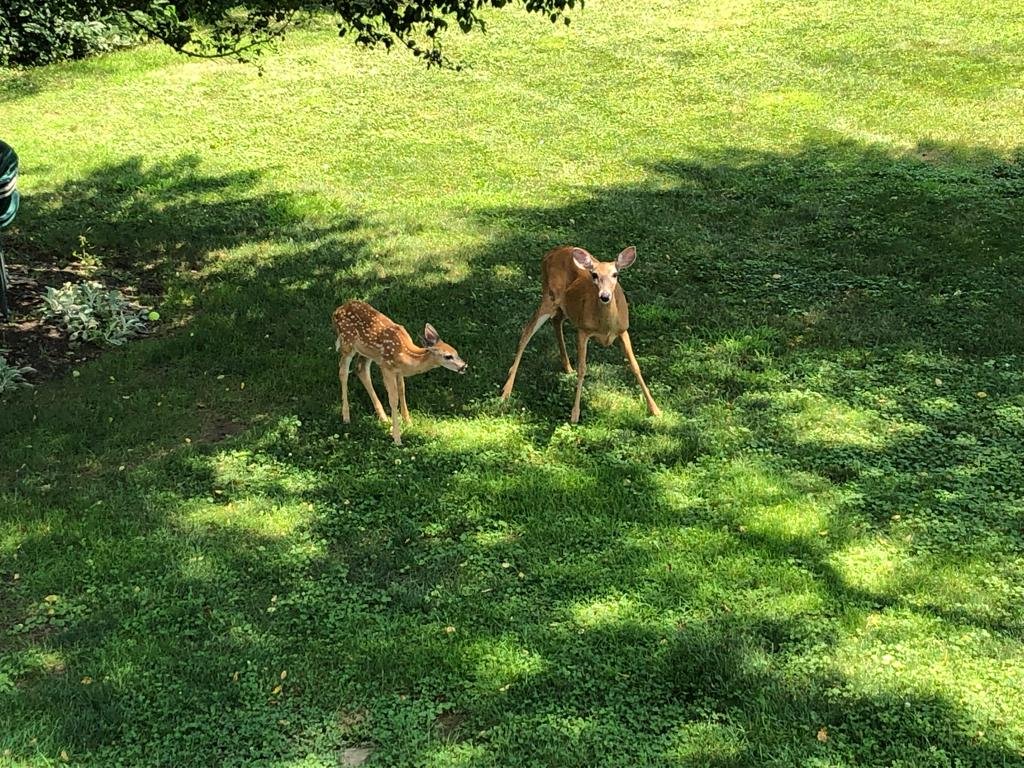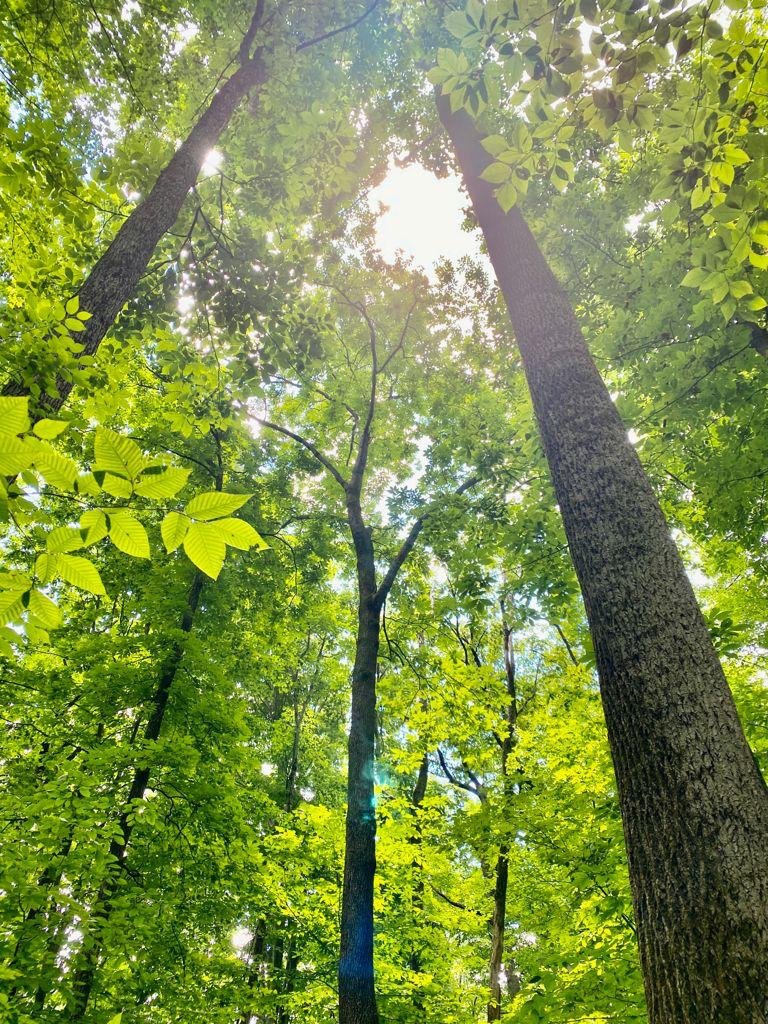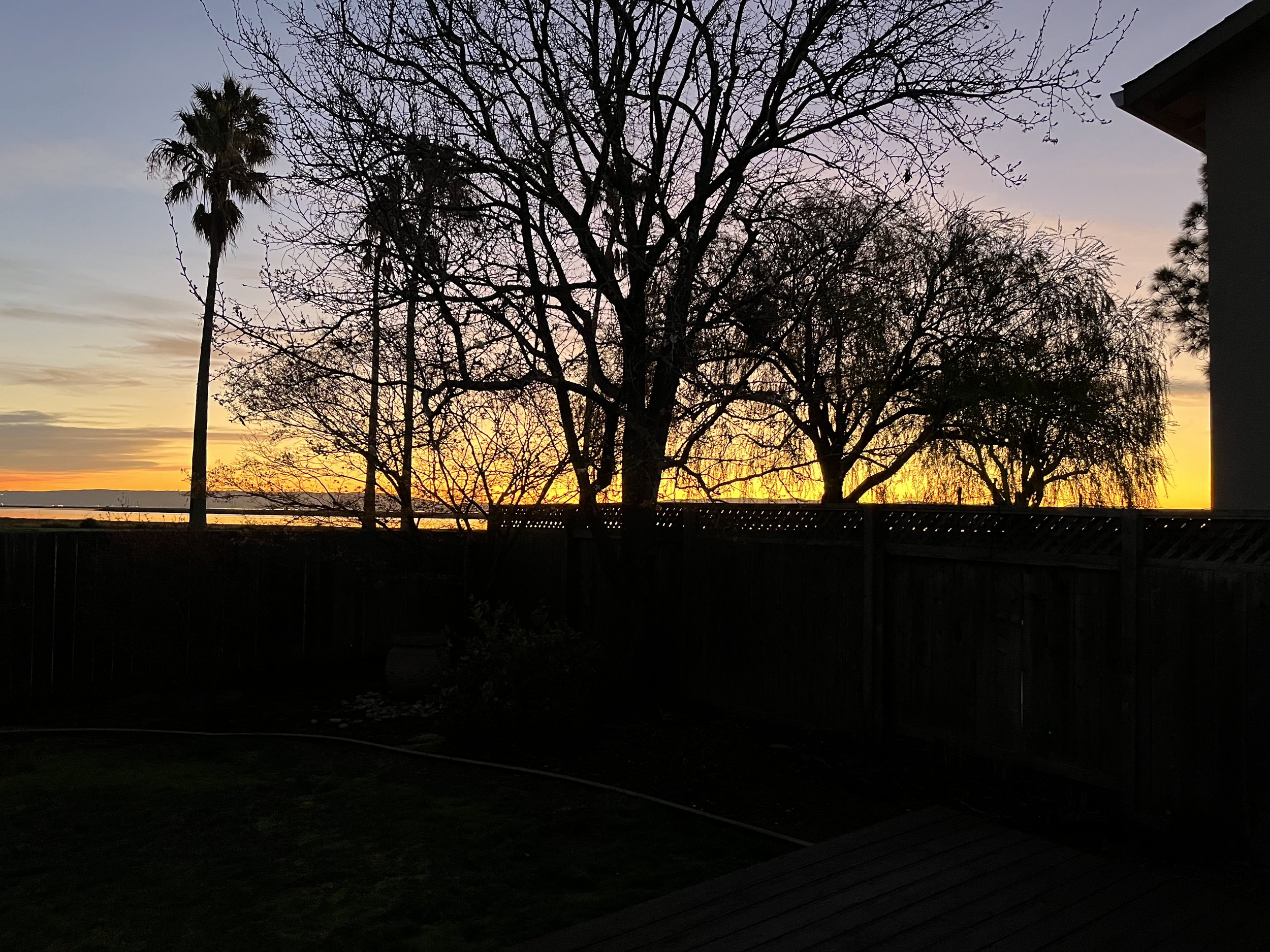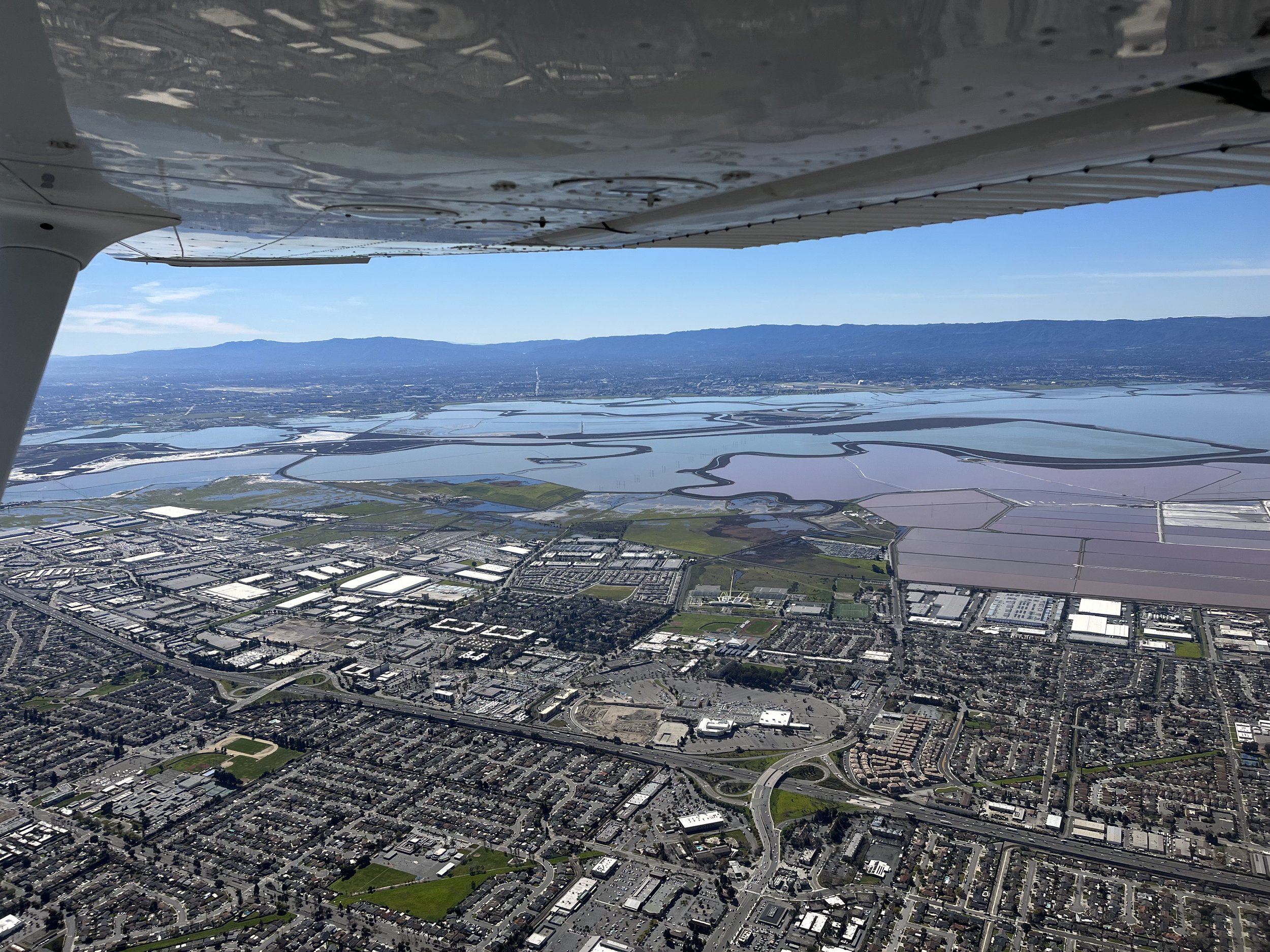Photo Credit: Gopal Kumar, Ansen Sobrinho, Shankar P.
United States
"Hi," "Hello," "Hey," and "What's up?", “Howdy, stranger?”
| Capital | Washington, D.C. |
| Currency | U.S. Dollar |
| Highest point | Denali |
| Lowest point | Death Valley |
| Longest river | Missouri |
| Famous author | Mark Twain |
| Noted scientists | Einstein, Edison |
| Astronaut | Neil Armstrong |
| Film producer | Walt Disney |
| Popular Actor | Marlon Brando |
| Singer | Elvis Presley |
| Athlete | Carl Lewis |
| Driving side | Right |
The United States is the third largest country in the world by total area. It is a federal union of 50 states.
Geography of United States: The United States shares its northern border with Canada and its southern border with Mexico. The Atlantic Ocean lies to the east of the United States, while the Pacific Ocean lies to the west. Hawaii, a breathtaking archipelago in the Pacific Ocean, is renowned for its volcanic landscapes, tropical beaches, and vibrant culture. Some of the major physical features of the United States include the Appalachian Mountains, the Rocky Mountains, the Great Plains, the Mississippi River and the Grand Canyon. The country also has a number of important bodies of water including the Great Lakes (Michigan, Superior, Huron, Erie, Ontario), the Gulf of Mexico, the Pacific and Atlantic oceans.
History of United States: The history of the United States begins with the arrival of Native Americans thousands of years ago. However, in 1492, Christopher Columbus landed in the Caribbean islands. Immigration to the United States increased in the late 19th and early 20th centuries. On July 4, 1776, the 13 colonies claimed their independence from England, an event which eventually led to the formation of the United States.
The Civil War was a conflict fought in the United States from 1861 to 1865. It was primarily between the Northern states (the Union) and the Southern states (the Confederacy) that seceded from the Union. The war was fundamentally about issues of slavery, states' rights, and economic disparities. The Union, led by President Abraham Lincoln, sought to preserve the nation and eventually aimed to end slavery. See also: Labor Day
In the 20th century, the United States became a world superpower after its victory in World War II. The country has also continued to play a prominent role in global politics.
Flora and Fauna: The Redwood trees (Sequoia sempervirens) found in California make up some of the tallest trees in the world. Oak trees (Quercus garryana) provide important habitat and food for many animal species.
The Bald eagle (Haliaeetus leucocephalus) is the national bird of the United States and appears on its seal. The American black bear (Ursus americanus) is the continent's smallest and most widely distributed bear species.
The American bison (Bison bison) is the national mammal of the United States. Native American tribes have had cultural and spiritual connections to this large fearsome animal.
Cultural Life: The United States is known for its vast and varied natural resources including oil, natural gas, coal, timber and minerals. The country is also home to many important agricultural regions producing wheat, corn, soybeans and cotton.
Sports are a major part of American culture. Americans love to watch and participate in sports, from American football, basketball, baseball and soccer.
American cuisine is diverse and often influenced by the country's immigrant populations. Popular dishes include hamburgers, hot dogs, pizza and barbecue.
Greyhound Lines, Inc. is the largest provider of intercity bus transportation, serving 2400 destinations across North America.
From coastlines to big cities, the United States is home to a diverse range of landscapes and cultures. The country is a melting pot of cultures, with a rich history of European, African, Asian and Native American influences. Did You Know that Rabindranath Tagore visited the United States? In October 1912, Tagore sailed for the United States to visit his son, who was graduating from the University of Illinois at Urbana-Champaign.
People from all over the world come to live, work and study. Overall, the diversity of American culture is widely considered to be one of the country's greatest strengths.
Home > Resources for learning > United States
References
National Geographic Kids, Children's magazine, National Geographic Society. National Geographic Kids
The fauna of the United States of America. U.S. States Animals - Animalia Bio
Smithsonian Institution. Smithsonian National Museum of the American Indian
Grassroots environmental organization Sierra Club
Science, advocacy, education, and on-the-ground conservation, National Audubon Society

Sunset Cliffs Natural Park, San Diego (Photo Credit: Ansen Sobrinho)

Colorado: Snow-covered Rocky Mountains {Photo Credit: Ansen Sobrinho)

New Jersey: Hiker's paradise (Photo Credit: Shankar P.)

New Jersey: Changing and vibrant (Photo Credit: Shankar P.)

Forest in New Jersey (Photo Credit: Shankar P.)

Bay Area: Beautiful twilight (Photo Credit: Gopal Kumar)





